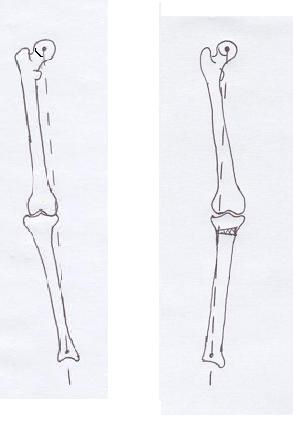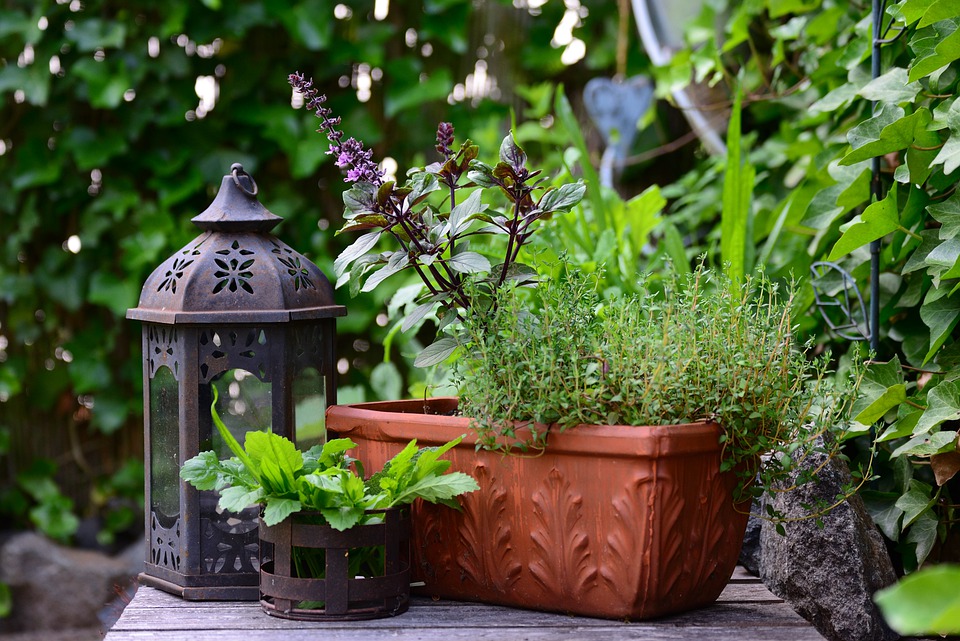High Tibial Osteotomy for Arthritis of the Knee
A Biological Solution to Your Knee PainStephen J. Barr MD, Maine Orthopaedic Center, Portland, Maine
Arthritis of the knee remains a common problem affecting many people of all ages, with estimates ranging from 1-2 percent of the population over 50 years old. Types include degenerative osteoarthritis, inflammatory arthritis, and post traumatic arthritis. Treatments for arthritis run from exercise, icing, activity modification, herbal supplements, glucosamine, anti-inflammatory medications, to intra-articular injections of corticosteroids or hyaluronate. Once you have exhausted all avenues under your control to improve the pain, surgery may be a good option.
Most people know someone who underwent total knee replacement (TKR). There were over 350,000 done the last year at an overall cost of 3.5 billion dollars! While a TKR probably remains the gold standard in terms of pain relief, it carries with it many risks. A TKR is a mechanical device subject to early wear, with a projected lifespan of 5- 30 years. It will not feel like a “normal knee”, and high impact activities may hasten the need to revise the TKR requiring another surgery. One orthopaedic surgeon, Dror Paley MD, labeled a total knee replacement as an “amputation of the knee joint”. While this quotation appears a bit harsh at first blush, once you have a total knee replacement you will rely on a mechanical device for the rest of your life. The TKR does not have any powers of regeneration like your native cartilage would provide, if it “wears out” you will need to have another surgery. Depending upon your type of arthritis, mechanical alignment of your leg, age, weight, and your overall medical condition, a tibial osteotomy may be the right choice for you.
In an arthritic knee the overall alignment often concentrates the weight bearing forces through the “bad” side of the knee. In fact, as the pressure increases on the diseased cartilage, often the bone’s attempt at remodeling increases the bow in the knee leading to more deformity and more pressure. The most common malalignment is a varus knee, or in layman’s terms “bowlegged” knee. An osteotomy attempts to change this alignment to shift the weight bearing forces over to the “good” cartilage, a modern day “rotation of the tires” so to speak. Notice how the anatomic axis shifts with the opening wedge osteotomy in the diagram below, transferring the weight bearing forces to the less involved lateral side of the knee.

FIG A
The leg on the left is “bowlegged”, and the weight bearing force of the dotted plumb line comes through the diseased, arthritic, and painful medial side of the knee. After the opening wedge osteotomy on the right, the weight bearing axis shifts over to the lateral side of the knee joint, making use of the good cartilage and leading to significant pain relief for the patient.
Who is the right patient for this procedure? A review of the literature would suggest that a physiologically young patient, regardless of true chronological age, who is active and wants to remain so, is a good candidate. Increased patient weight, which may predispose a total knee to fail earlier, may actually be protective after tibial osteotomy as evidenced by a medical study. Pain relief is quoted by a number of studies as good to excellent in 50-80% of patients assuming the osteotomy is performed well and there are no complications. Dr. Coventry, an orthopaedic surgeon, demonstrated that the arthritic cartilage in the medial compartment can actually heal in response to the unloading of weight bearing force accomplished by the osteotomy of the tibia. Most patients maintain their preoperative activity level postoperatively. A normal healing time, which includes use of crutches for 6-8 weeks, is 8-12 weeks. Allograft, or donor bone, is usually used to fill the opening wedge site and then fixed in place by plate and screws. Given that the plate is near the inside of the knee and just below the skin, sometimes it bothers patients and may need to be removed in a separate operation a year later. Overall complication rate for this type of surgery is low, 2-5%. Similar to the risk of TKR, problems may include deep infection, delayed healing of the osteotomy site, and incomplete relief of pain, possibly necessitating other surgery.

Fig B
Following distraction for adequate overall correction, as the picture on the left demonstrates, a wedge of bone graft is placed in the void and then the osteotomy site stabilized with a plate and screws.
In conclusion, opening wedge tibial osteotomy may lead to significant pain relief for those patients suffering from arthritic pain in one side of the knee. It relies on a change in the weight bearing axis of the joint, channeling the force through the “good cartilage” remaining in the knee joint, and away from the “bad, arthritic cartilage”. Once the osteotomy heals, the patient can return to activities that may lead to damage of a total knee replacement. It is a true “biological” treatment for arthritis, making use of the body’s power of regeneration to alleviate arthritic pain.
Dr. Barr is board certified by the American Board of Orthopaedic Surgery and practices a full breadth of general orthopaedics, including primary and revision joint replacement, spine, sports, hand, and trauma at Maine Orthopaedic Center. He is an assistant clinical professor of orthopaedics at the University of Vermont. He has special interests in the care and treatment of the active patient with arthritis of the knee, especially osteotomies of the tibia, difficult traumatic cases of both the upper and lower extremities, and degenerative lumbar spinal disease.
Herb's Tips and More
-
 Did you know that you can make soap, candles and lotion with your herbs?
Did you know that you can make soap, candles and lotion with your herbs? -
 Never take any herb identity for granted. The best way to be sure that you are using the right kind of herb is by buying it.
Never take any herb identity for granted. The best way to be sure that you are using the right kind of herb is by buying it. -
 Excellent health articles whether you are looking for information or inspiration regarding preventive health or are dealing with a medical
challenge.
Excellent health articles whether you are looking for information or inspiration regarding preventive health or are dealing with a medical
challenge.









